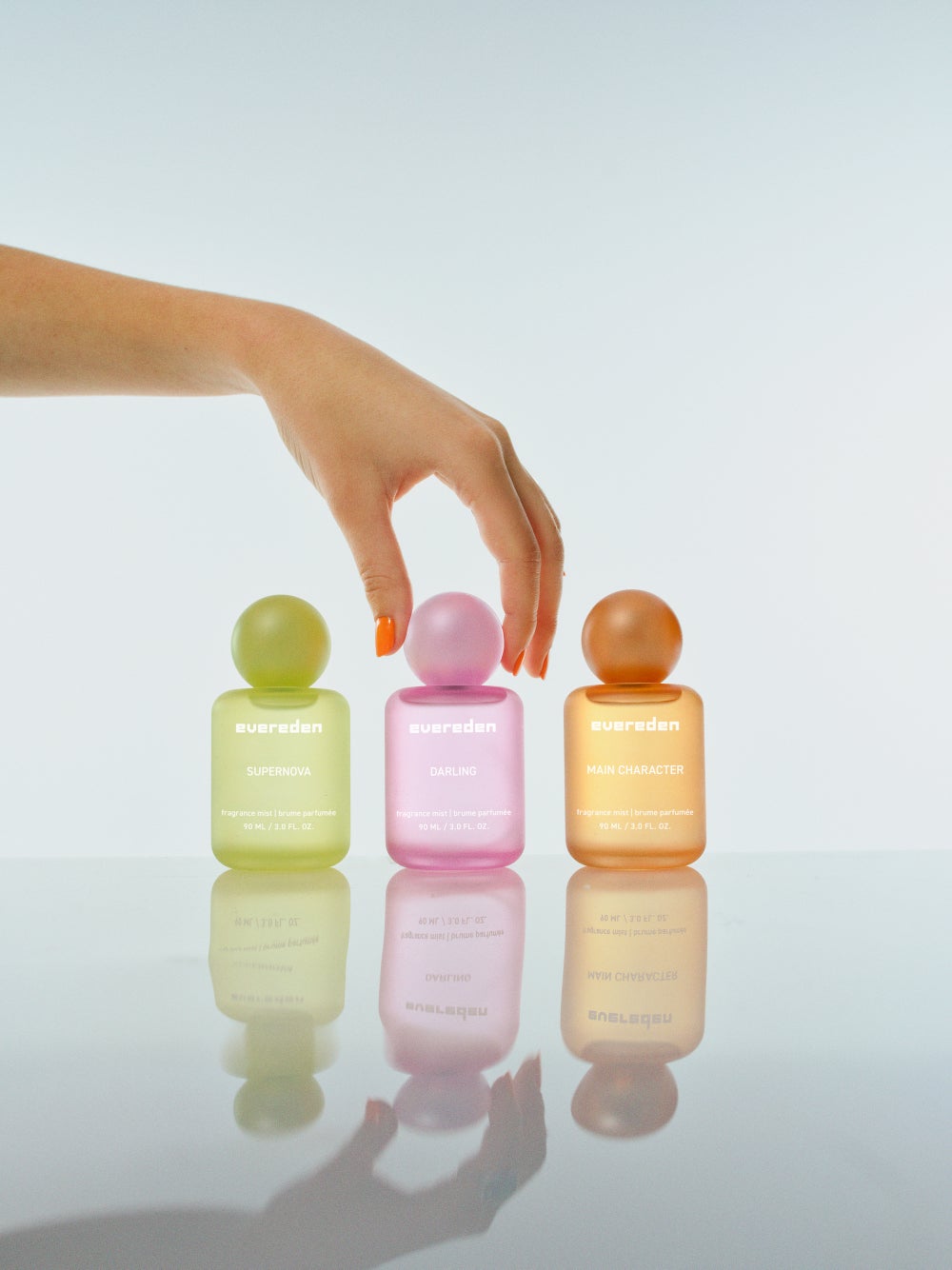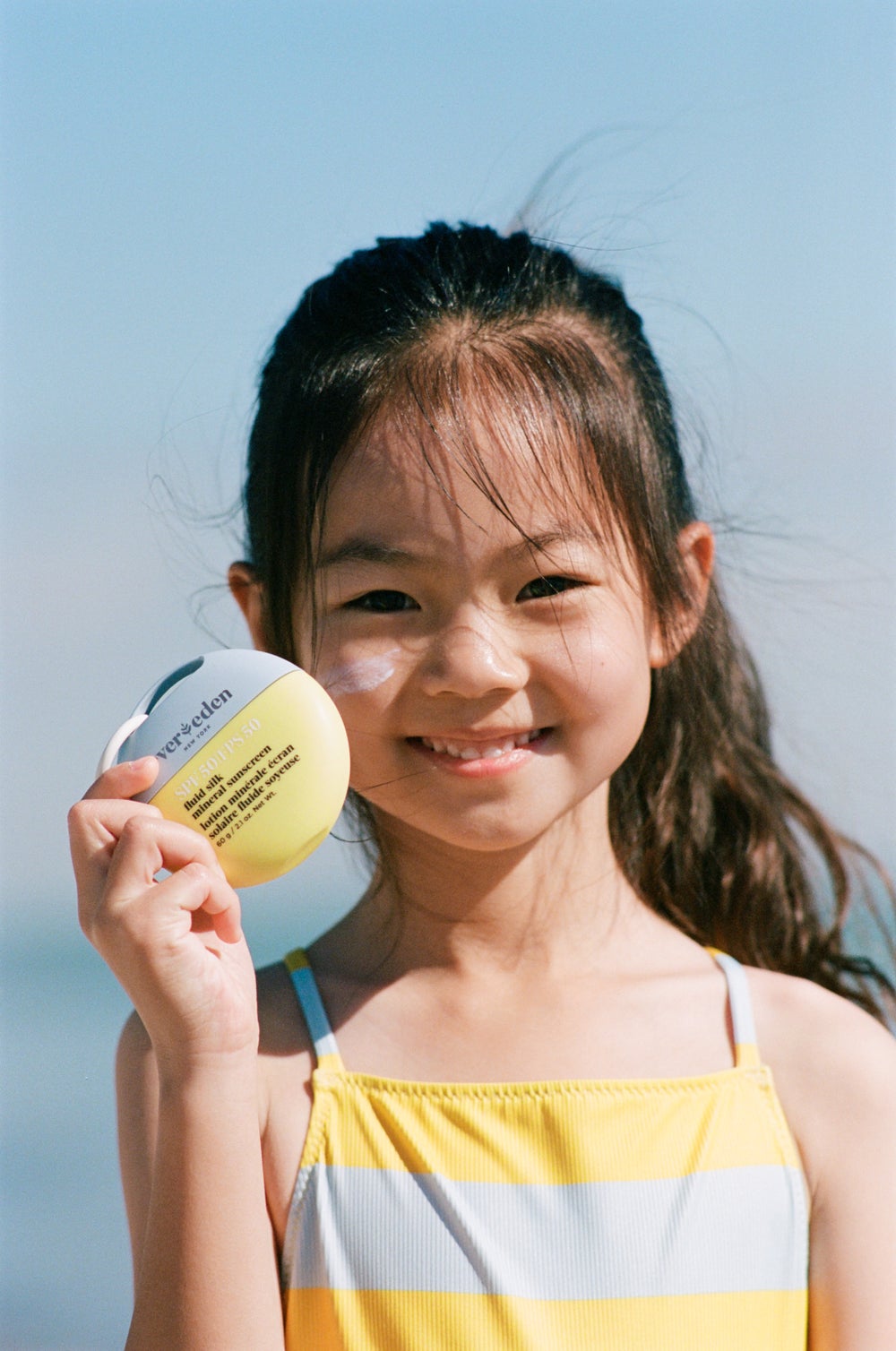Key Takeaways
- Ho left Wall Street and launched her skincare and haircare brand Evereden in 2018.
- Evereden’s sales skyrocketed from the start — and continued amid the “Sephora kids” craze.
- Now, the brand is using its Series C funds to invest in research and development and its own lab.
Kimberley Ho quit her job on Wall Street in 2017 to pursue an ambitious business idea: She wanted to create a “different kind of skincare brand” for kids and their families — one with safe, dermatologist-approved ingredients.

As someone who had struggled with eczema growing up and had professional experience investing in organic brands, Ho was well-positioned to execute her vision.
Ho launched her skincare and haircare brand Evereden with her husband, Huang Lee, in 2018, several years before headlines touted the rise of “Sephora kids,” those tween shoppers snapping up adult brands and products at the global beauty retailer.
Related: She’s Using 3 Revenue-Doubling Secrets to Grow Her Mother’s Decades-Old Business
Those Gen Alpha consumers (born between 2010 and 2024) have high expectations for their skincare products, according to the founder and CEO.
“ When they look for skincare products, they gravitate toward products that are made just for them,” Ho says, “so speaking to their individuality as young people becoming who they’re about to be. That’s why many of our products have seen the success they have.”
Ho cites a bestselling fragrance mist rolled out earlier this year as an example: The product is available in three scents “tailored to three different personalities that these tweens could really relate to” (“Darling,” “Supernova” and “Main Character”).

The line is also marketed in an age-appropriate way, unlike some “highly sexualized” brand campaigns meant for adults that nonetheless sell to young consumers, the founder notes.
Related: Most Businesses Overcomplicate Their Marketing Strategy. Here’s Why — and What to Do Instead.
Evereden’s kid-friendly marketing is a selling point for millennial parents — as is the “peace of mind” that comes with knowing the products are developed by dermatologists for their children’s skin, Ho says.
“We were onto something and serving a need that is no longer niche.”
Evereden has raised more than $40 million to date, including a $32 million Series C round led by GSR Ventures. The brand saw explosive growth even before “Sephora kids” emerged, and the buzz only fueled sales, per Ho.
The brand boasts more than 40 SKUs across its product categories and is available in 11 markets. It did $100 million in sales in 2024 and launched in Sephora U.S. last month.
Before the U.S. Sephora launch, Evereden was available in eight of the retailer’s regions internationally, and by 2024, it was the third-fastest-growing brand in all of Sephora Canada. “Usually Canada is the closest proxy to the U.S. in terms of North American customers being similar to each other,” Ho says.

Image Credit: Courtesy of Evereden
That growth data is particularly useful because Evereden isn’t a traditional Sephora brand, Ho explains: “We were not selling adult skincare products [at that point], so beating out hundreds of legacy brands with much bigger budgets showed Sephora that we were onto something and serving a need that is no longer niche.”
Evereden has hero SKUs in each of its product categories, and no single product makes up more than 20% of the brand’s total sales, Ho says.
”Gen Alpha loving and buying skincare and beauty is here to stay.”
Ho notes that Evereden’s cross-category success might be typical for billion-dollar companies like E.l.f. or Sol de Janeiro but is relatively rare for such a young brand — and indicates exciting growth potential.
”Gen Alpha loving and buying skincare and beauty is here to stay,” Ho says. “It’s not a flash in the pan. They’re just getting started, in fact, in their consumer journey.”
Today, Gen Alpha is between one and 15 years old, yet they’re already influencing 42% of U.S. household spending totaling over $100 billion in purchasing power, according to a recent report from Axios.
“ We still have a ways to go in terms of figuring out who they are [and] who they’re growing up to be,” Ho admits. “The good news is that Evereden has been there for years — and we’re the market leader.“
“[You have to] keep staying true to your brand voice as you’re changing, as your consumer is changing.”
Ho acknowledges that new beauty and skincare products hit the market every day, and that over time, it’s become more crowded with brands similarly focused on products with science-backed ingredients.
As a result, Evereden must always consider how to meet the needs of its growing consumers.
“ That’s meant really owning our core DNA around self-care,” Ho says. “We are giving you the best of these ingredients that we source around the world, that our doctors have painstakingly screened, so that you and your family can take care of yourselves. We’re trying to communicate that ethos of self-care across all of our touch points and go beyond just providing products to consumers.”
Related: Why AI Makes Your Brand Voice More Valuable Than Ever

A critical challenge that Evereden grapples with — and one that any brand hoping to succeed in the skincare industry should — is staying true to its voice, especially as its target customers evolve, according to Ho.
“ Our consumer is growing from a pre-teen 8-, 9-year-old, to a proper teenager, and they’re totally changing their entire world and perspective on everything,” Ho says. “[So we have to remain] relevant and grow up with them. [You have to] keep staying true to your brand voice as you’re changing, as your consumer is changing.”
“We’re able to shorten our product development lifecycle, which is traditionally 18 months, to four to six months.”
Evereden already has an impressive track record, but Ho believes the brand has only scratched the surface of what’s possible.
With its recent Series C funds, Evereden is prioritizing research and development and has purchased its own formulation lab, allowing the brand to expand its product portfolio at an accelerated rate.
Related: How User Research Can Help You Win Before You Launch New Products and Services
Buying the lab was an unusual move, Ho admits, as most brands only do so once they’re “as big as L’Oreal.“
However, Ho didn’t want to invest the bulk of the brand’s Series C into marketing, explaining that it’s not the way to build a brand for long-term growth and success.

“If we have our own lab and have a team of chemists working 100% of their time on Evereden, we’re able to shorten our product development lifecycle, which is traditionally 18 months, to four to six months,” Ho says.
That means that Evereden can grow and better serve its customers, Ho adds. For instance, when the brand sees a tween product request taking off on social media — like the one for fragrance mist last year — it’s able to launch that product more quickly than competitors.
“We know how big these markets are — and how excited they are to have Evereden.”
Additionally, Evereden is eyeing more markets across the globe in its bid to give Gen Alpha shoppers and their parents exactly what they want.
“Every day on our TikTok or Instagram, kids from the Middle East or Latin America are saying, ‘Are you going to be in the UAE? Are you going to be in Brazil?’” Ho says. “We get that all the time, and we know how big these markets are — and how excited they are to have Evereden.”
This article is part of our ongoing Women Entrepreneur® series highlighting the stories, challenges and triumphs of running a business as a woman.


